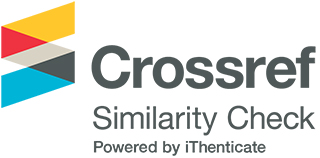Health and Wellbeing Implications of Urban Green Exposure on Young Adults in a European City
DOI:
https://doi.org/10.33422/jarss.v6i4.1136Keywords:
Urban green spaces, Health and wellbeing, Young adults, Green exposure, European green capitalAbstract
Urbanization has caused a disconnect between people and nature. There has also been a rise in health and well-being issues in urban dwellers. In recent years, many cities, especially in Europe, have consciously developed urban parks and green spaces to allow the urban population to experience nature without having to travel out of the city. This study explores the health and well-being benefits of exposure to urban green spaces on urban young adults. A sample of young adults living in Tallinn, the capital of Estonia, were studied using Restorative Outcome Scale (ROS) and Subjective Vitality Scale (SVS) to discover psychological benefits. Blood pressure and heart rate monitoring were also employed to examine the physiological benefits of urban green exposure. It was found that there was a direct relationship between urban green exposure and health and well-being. There was a significant increase in restorative benefits and an increase in the overall vitality level.
Downloads
Published
Issue
Section
License
Copyright (c) 2023 Saumya Rathnayke, Seth Amofah

This work is licensed under a Creative Commons Attribution 4.0 International License.












